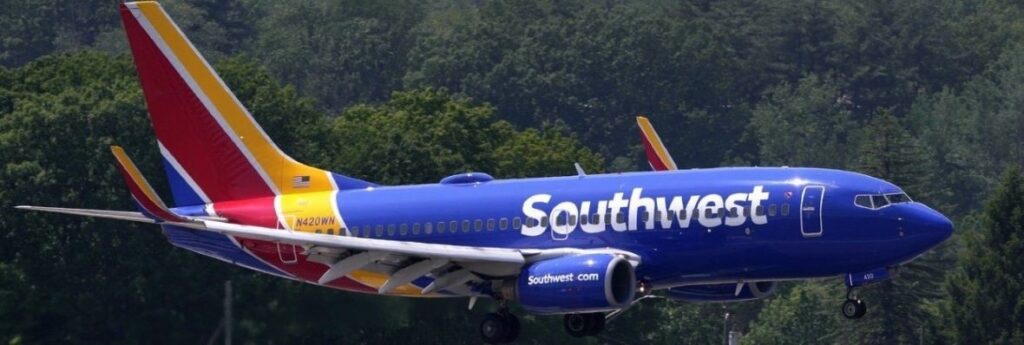Southwest Airlines says that it plans to drop the open-boarding system it has used for more than 50 years and will start assigning passengers to seats, just like all the other big airlines. The airline said it has been studying seating options, running tests and surveying customers and concluded that that preferences have changed over the years and the vast majority of travellers now want to know where they are sitting before they get to the airport.
Southwest’s unusual boarding process started as a fast way to load passengers and limit the time that planes and crews spend sitting idly on the ground, not making money. It helped the airline operate more efficiently and even squeeze a few more flights into the daily schedule.
It was one reason that Southwest alone among US airlines remained profitable every year until the coronavirus pandemic.
Instead of being assigned a seat when they buy a ticket, Southwest customers check in exactly 24 hours before departure to secure their spots in boarding lines. In the beginning, the first 30 to check in were put in the coveted “A” boarding group, guaranteeing them a window or aisle seat. Dawdlers landed in “B,” which was still OK, or “C,” which would often result in a middle seat.
The system became less democratic over time as Southwest let people pay extra to guarantee a spot near the front of the line. Despite that, many Southwest loyalists still love open seating. The airline thinks they will adapt.
“I know there are going to be customers who say, ‘I want to stay with open seating.’ It’s a minority,” Southwest CEO Robert Jordan told CNBC, “but we had the same thing when we switched from plastic boarding passes. We had the same thing when we took peanuts out of the cabin. I’m convinced we can win them over.”
The airline said surveys showed that 80% of its customers – and 86% of “potential” customers – want an assigned seat. Jordan said open seating was the top reason that travellers cited for choosing another airline over Southwest.
In addition to the seating switch, Southwest also plans to sell premium seating with more legroom – matching a practice that is standard among other large US carriers – and to offer redeye flights for the first time.
Southwest said redeyes will start flying in mid-February on nonstop routes including Las Vegas to Baltimore and Orlando; Los Angeles to Baltimore and Nashville; and Phoenix to Baltimore, with more routes added over time.
The changes come as Southwest is under pressure from investors who argue that the airline lags rivals in financial performance and has failed to change with the times.

